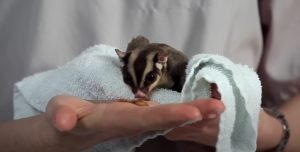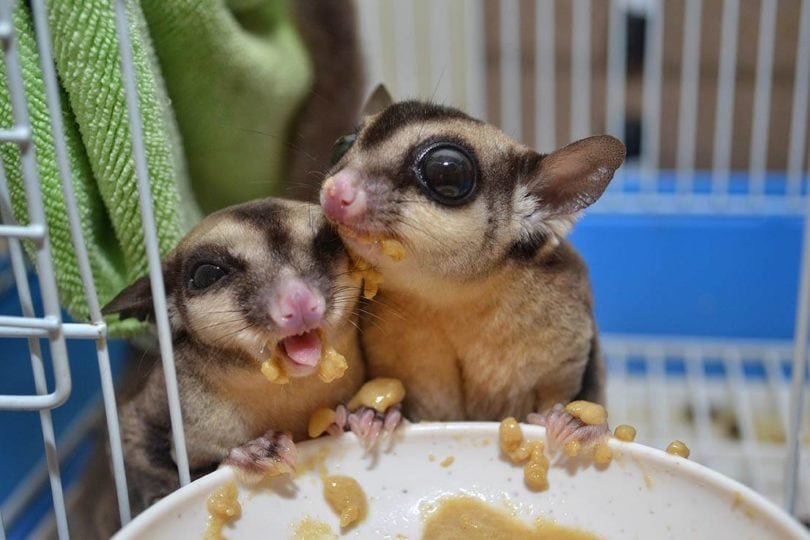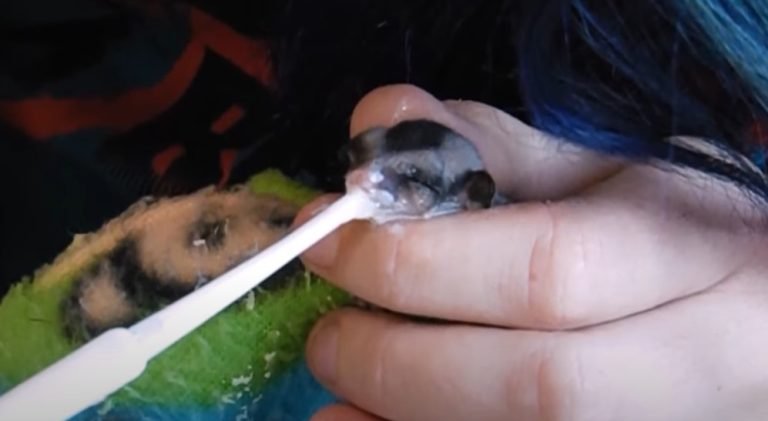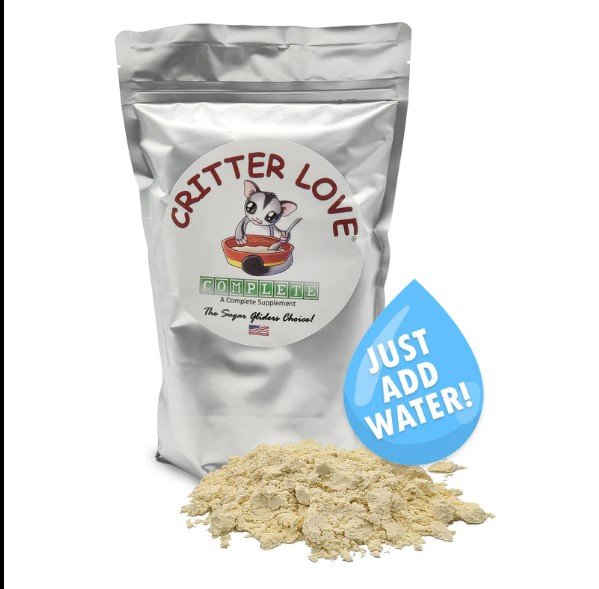When To Feed A Sugar Glider
When to Feed a Sugar Glider
The optimal feeding schedule for a sugar glider is in the evening or at night, as they are nocturnal animals. Sugar gliders are native to Australia, Indonesia, and New Guinea, where they are accustomed to foraging for food during the nighttime hours. By replicating this natural feeding pattern, you can ensure that your pet sugar glider stays healthy and happy.
But knowing when to feed your sugar glider is not the only consideration. You also need to be aware of what to feed them and how much. In this article, we will delve into these topics and provide you with a comprehensive guide on how to properly care for your sugar glider’s dietary needs.
What to Feed a Sugar Glider
When it comes to feeding your sugar glider, it is essential to provide them with a balanced diet that consists of a variety of foods. Here are some key food groups to include in their diet:
Fruit and Vegetables
Fruits and vegetables should form a significant portion of your sugar glider’s daily diet. Provide them with a mix of fresh, organic produce such as apples, bananas, grapes, carrots, and leafy greens like kale or spinach. These fruits and vegetables are rich in vitamins and minerals, which are crucial for your sugar glider’s overall health.
Protein
Protein is a vital component of a sugar glider’s diet, as it helps with muscle development and repair. Offer them lean sources of protein such as cooked chicken, boiled eggs, mealworms, or crickets. Avoid feeding them excessive amounts of fatty or processed meats, as these can be harmful to their health.
Calcium
Sugar gliders require a good source of calcium to maintain strong bones and teeth. Offer them calcium-rich foods such as yogurt, cottage cheese, or calcium-fortified pellets specifically designed for sugar gliders. You can also provide them with eggshell powder, which is an excellent natural source of calcium.
Nectar and Gum
In the wild, sugar gliders feed on the nectar from flowers and the sap from tree gum. Provide your pet with a small amount of nectar supplement or gum-based food to mimic their natural diet. This can be purchased at pet stores or online.
How Often to Feed a Sugar Glider

Daily Feeding
Sugar gliders have a high metabolic rate, which means they need frequent meals to sustain their energy levels. It is recommended to feed your sugar glider twice a day, once in the evening and then again before you go to bed**. This feeding schedule ensures that they have a constant supply of food throughout the night.
Portion Control
While it is essential to provide your sugar glider with a balanced diet, it is equally important not to overfeed them. Sugar gliders have a small stomach capacity and can become overweight if given too much food. Offer them small portions of each food group and monitor their weight regularly to ensure they maintain a healthy body condition.
Water
In addition to their regular meals, sugar gliders also need access to fresh water at all times. Provide them with a water bottle or a small dish of water that is secure and easily accessible. Change the water daily to prevent bacterial growth.
Frequently Asked Questions
1: Can sugar gliders eat insects?
Yes, sugar gliders can eat insects in moderation. Insects such as mealworms, crickets, or waxworms can be included as part of their protein intake. However, make sure the insects are gut-loaded or fed a nutritious diet to ensure your sugar glider receives the necessary nutrients.
2: Can sugar gliders eat human food?
While sugar gliders can enjoy small quantities of certain types of human food as treats, it is important to remember that they have specific dietary requirements. Human food should not replace their regular diet and should only be given in moderation.
3: Can sugar gliders eat dairy products?
Yes, sugar gliders can tolerate small amounts of dairy. However, it is crucial to avoid giving them large quantities of dairy products as they can cause digestive issues. Stick to small servings of calcium-rich foods like yogurt or cottage cheese.
Final Thoughts
Understanding when to feed a sugar glider is essential for maintaining their health and wellbeing. Remember to feed them in the evening or at night to align with their natural nocturnal feeding habits. Provide a well-rounded diet that includes fruits, vegetables, protein, calcium, and nectar or gum-based food. Feed them twice a day and monitor their portion sizes to prevent overfeeding. By following these guidelines, you can ensure that your sugar glider stays healthy, happy, and thriving.







